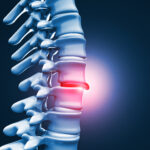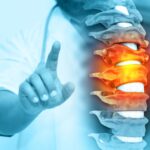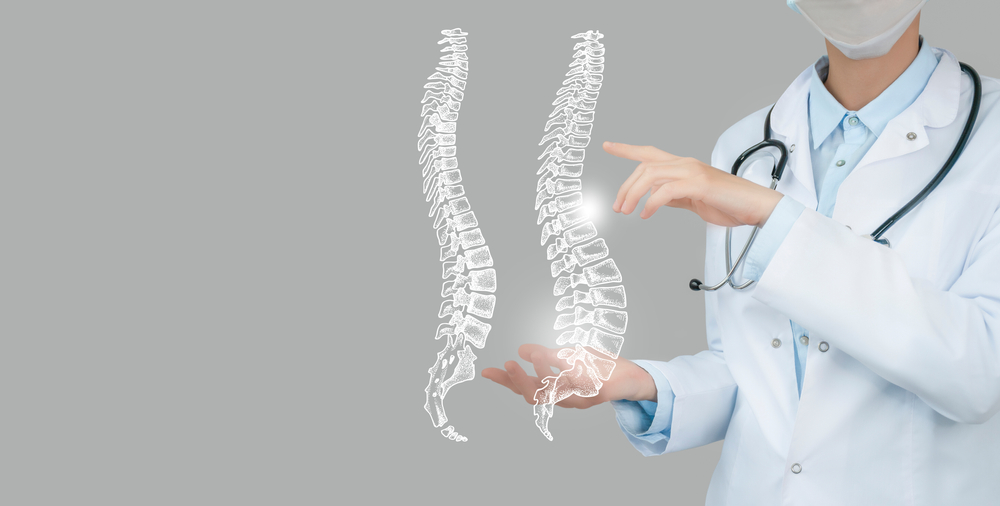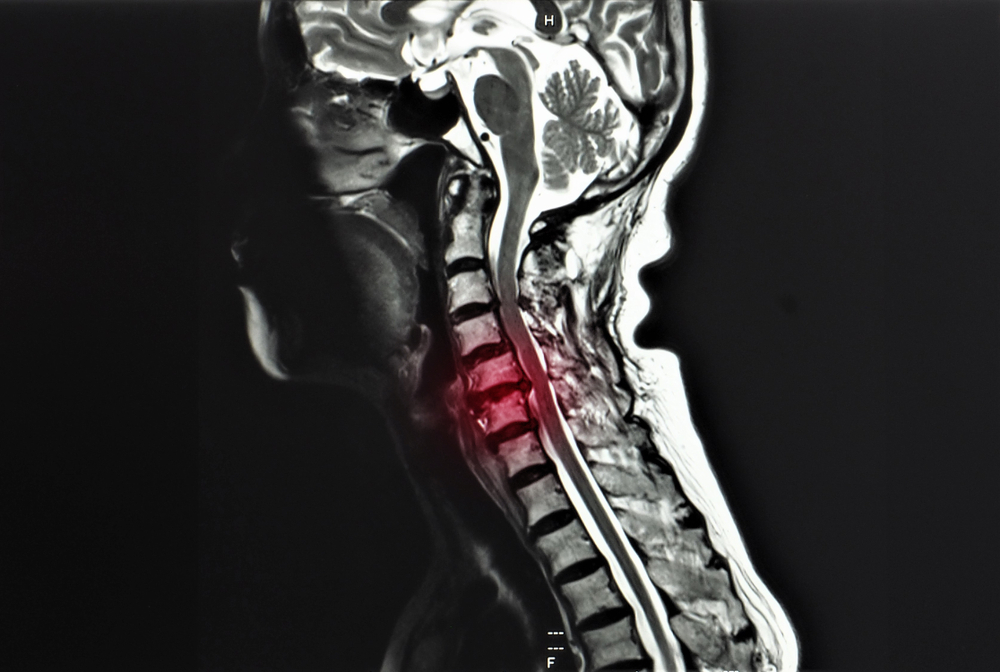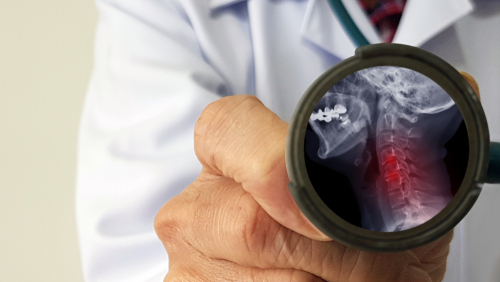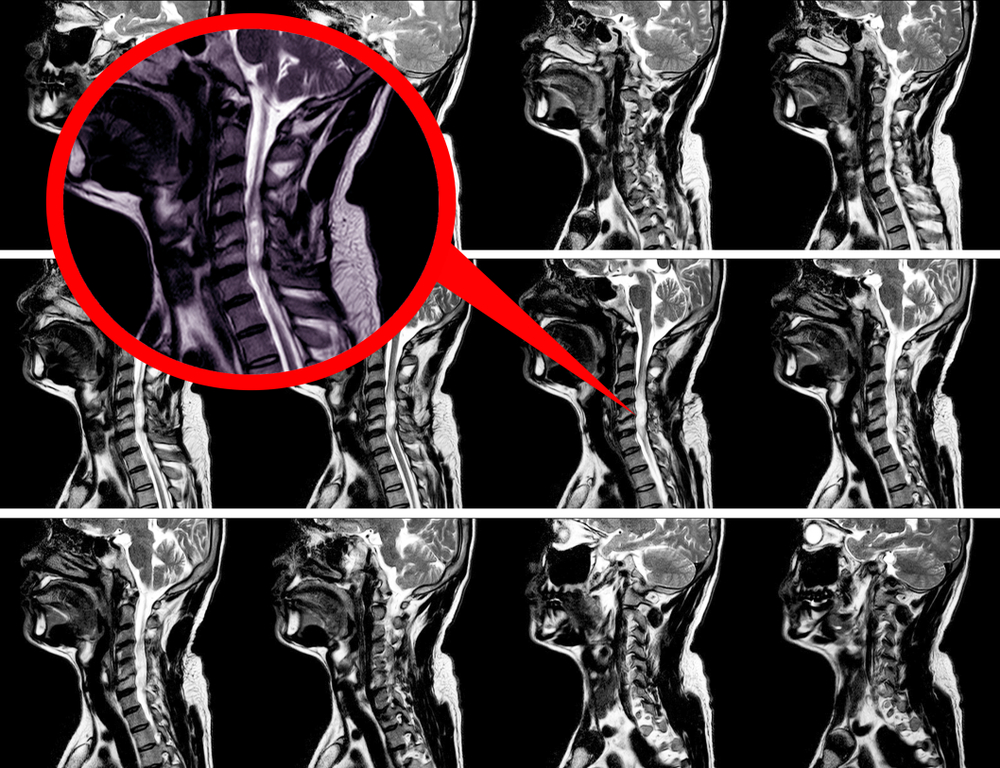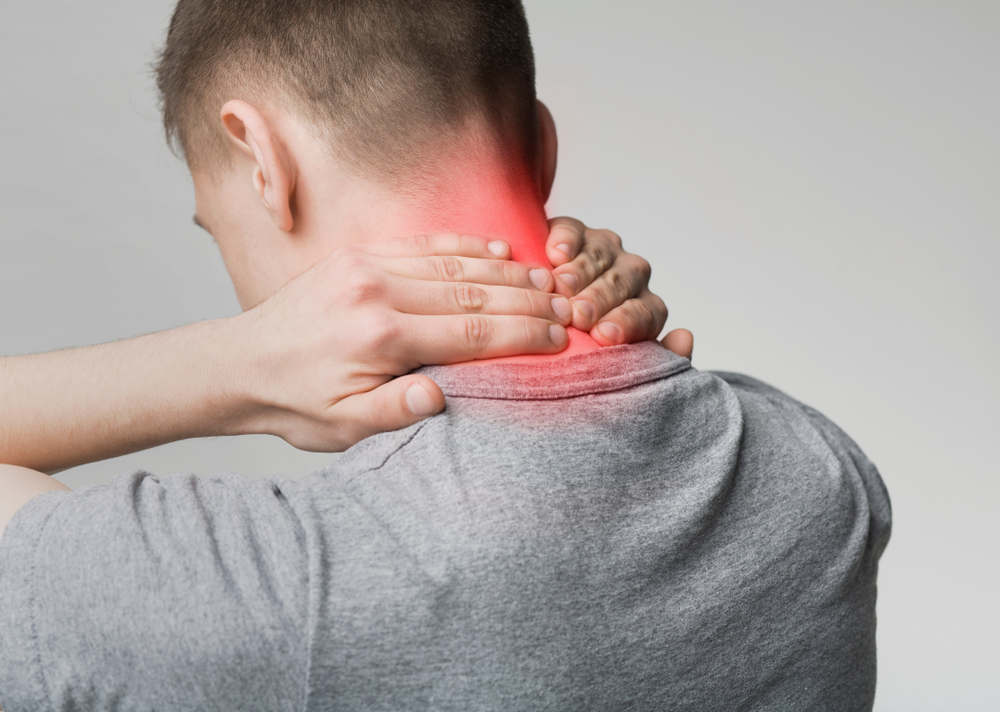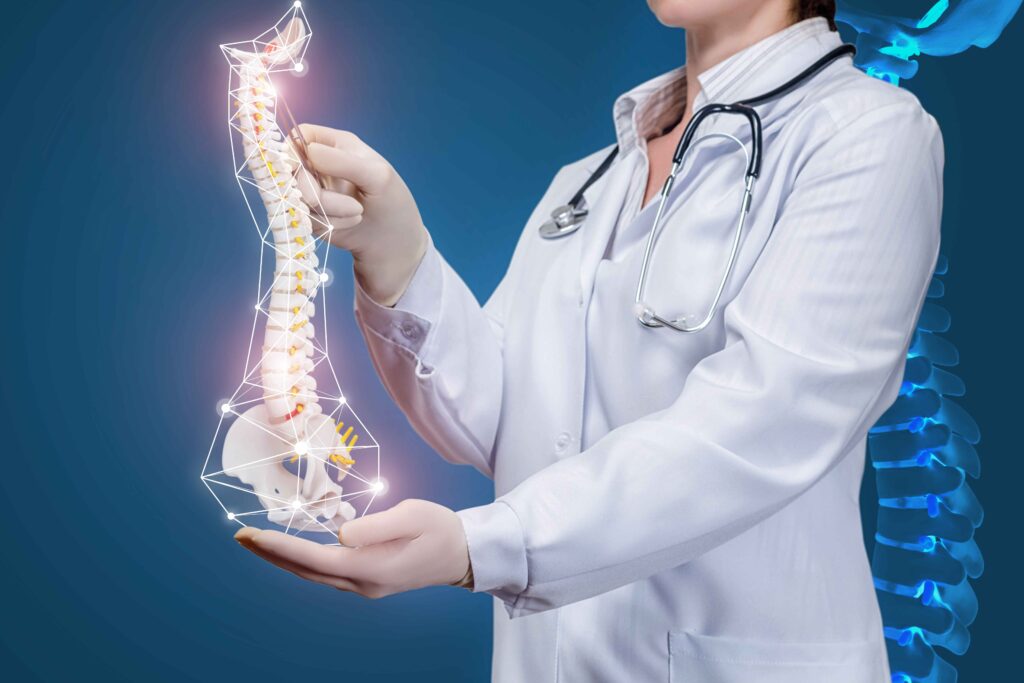
Posterior Cervical Laminectomy/ Fusion

Cervical posterior laminectomy is a surgical procedure performed on the cervical spine, specifically the neck, to address issues related to spinal cord compression or nerve root compression. In this procedure, the surgeon removes a portion of the vertebra called the lamina, which is the bony arch on the back of the spine. This removal creates more space for the spinal cord and nerves, relieving pressure and reducing symptoms.
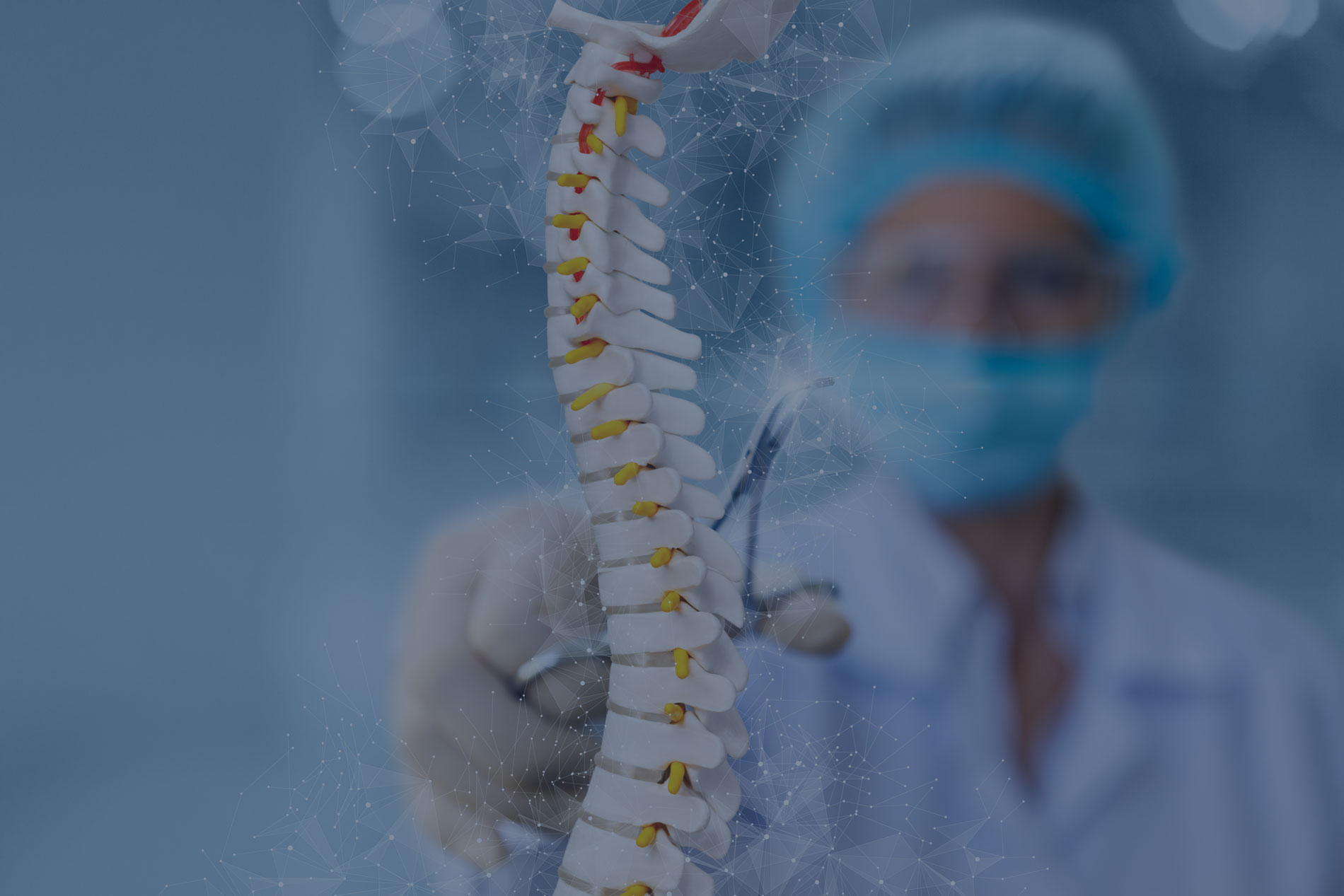



The surgery is typically performed through the back of the neck, and it aims to alleviate conditions such as spinal stenosis, herniated discs, or other abnormalities causing compression in the cervical spine. The removal of the lamina is known as a laminectomy, and it allows the surgeon direct access to the affected area. The procedure is designed to decompress the spinal cord and nerves, addressing symptoms like neck pain, arm pain, numbness, or weakness. After the laminectomy, the spine may be stabilized using additional procedures such as spinal fusion, depending on the extent of the surgery and the condition being treated.
Once the necessary adjustments are made, bone grafts are often used to facilitate the fusion process. The grafts may be taken from the patient’s own body (autograft) or obtained from a donor (allograft). Additionally, metal plates, screws, or rods may be utilized to stabilize the spine and facilitate the fusion of the vertebrae. The primary goal of cervical posterior fusion is to create a stable and fused segment of the spine, preventing abnormal motion and alleviating symptoms associated with spinal instability. This can include neck pain, arm pain, and other neurological symptoms. The procedure aims to restore structural integrity to the cervical spine and improve the overall quality of life for individuals experiencing cervical spinal issues The goal of cervical posterior laminectomy and fusion is to improve the patient’s overall quality of life by reducing pain, restoring function, and preventing further neurological deterioration.
Book An Appointment
"*" indicates required fields

